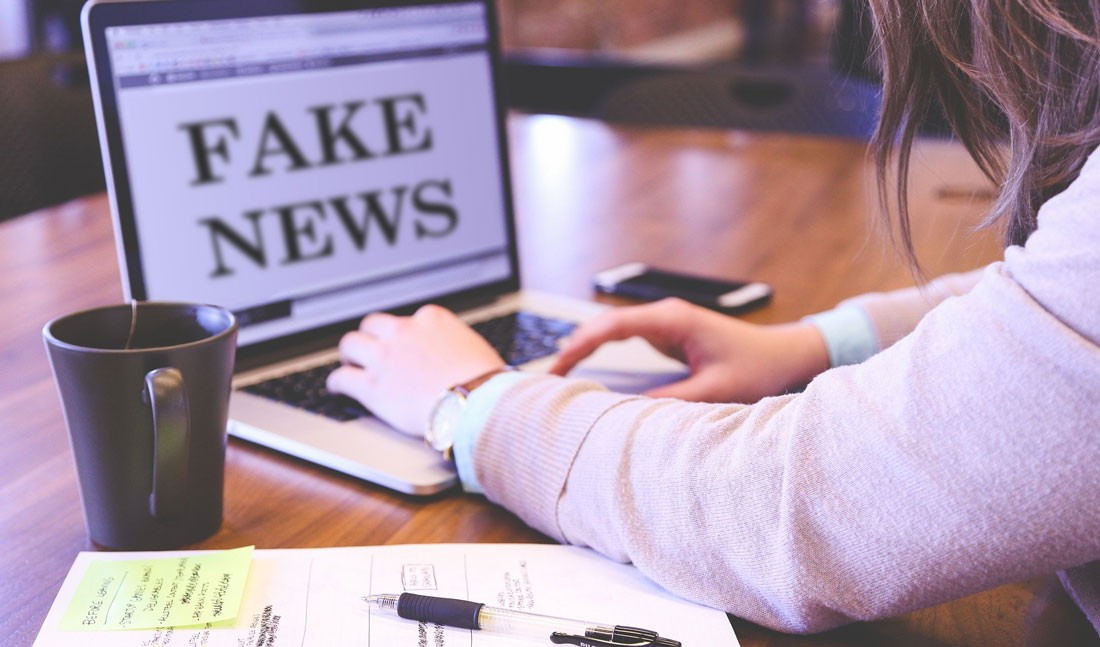Prejudice in ‘the media’
It’s time to understand – not vilify – bias in journalism
Years ago, I noticed a shift when I transitioned from working in sports media to writing daily news. I adjusted my tone and spent different hours in the office, but the most striking change happened on Tinder.
No longer did seemingly impressed strangers message me to hear my thoughts on a trade or in hopes of scoring free tickets. Instead, many reached out to express their distrust in what they often called “the media.”
It’s a phrase that James Hamblin, a staff writer at The Atlantic, says he stopped using, because it’s widely weaponized and misunderstood. Hamblin describes how the term was first used around a century ago to identify the “distinct group” of people who operated printing presses.
Now, however, the media landscape and this definition have expanded to include both individuals and publishing institutions, thanks to the advent of blogs and social media platforms.
“Everyone plays a role as an intermediary to some degree, an intervening agent in each news story, choosing what to share and how to frame it. As the term was originally conceived, many people would now qualify as part of ‘the media,’” Hamblin writes.
Still, professional journalists form a distinct subset of this group. As Hamblin explains, these reporters work to best identify and convey the truth, which is why “the entire concept of the profession is antithetical to lying.”
It’s important to recognize that all media outlets have agendas, and all reporters, editors and producers are human, and therefore, inherently biased. “Hard as we may try to overcome them, biases make it more likely that a human reporter will err in a way that confirms those biases,” Hamblin writes.
Those biases, however, don’t necessarily lead to lies, and corrections often have professional ramifications. Most trained journalists try to avoid mistakes, which is why it’s so frustrating when people assume we make them purposefully (or constantly) and are then hesitant to trust the stories we publish.
Cries of “fake news” litter comments sections and fill presidential press briefings. It seems certain people want something that truly doesn’t exist: journalists devoid of preferences, experiences and humanity.
In her essay collection Shrewed, columnist Elizabeth Renzetti likens journalists to “tiny models of the Earth: one centimetre of cynical crust on the outside, tons of gooey sentiment on the inside.” While journalists are living, feeling people, we’re often taught to control and hide those emotions, along with what she calls our “innate idealism.” Instead, we’re expected to remain neutral, and occasionally skew toward the pessimistic.
“Objectivity and neutrality were the gods we bowed to when I was in journalism school, and although the understanding of journalists’ relation to the material world has changed in the decades since, there is still a prevailing sense that journalism and advocacy are uncomfortable bedmates,” she writes. “We’re supposed to choose one or the other, and a journalist who is also an advocate is considered a tainted version of both.”
Like Renzetti, I spent years struggling with the “inherent contradictions of journalism.” Eventually, I decided it was best to declare my biases, something I do in personal conversations and on social media. That way, interested readers have a lens through which to view my work.
These political leanings, life experiences and general preferences inform everything I do and how I interact with the world, so of course they’ll influence my journalism. It’s time people move past that and start consuming news with a more discerning critical eye and within its larger context.
Danielle Doiron is a writer, editor and marketer based in Winnipeg. She’s spending the pandemic reading, practicing yoga and stubbornly refusing to clean the apartment.
Published in Volume 75, Number 01 of The Uniter (September 10, 2020)







